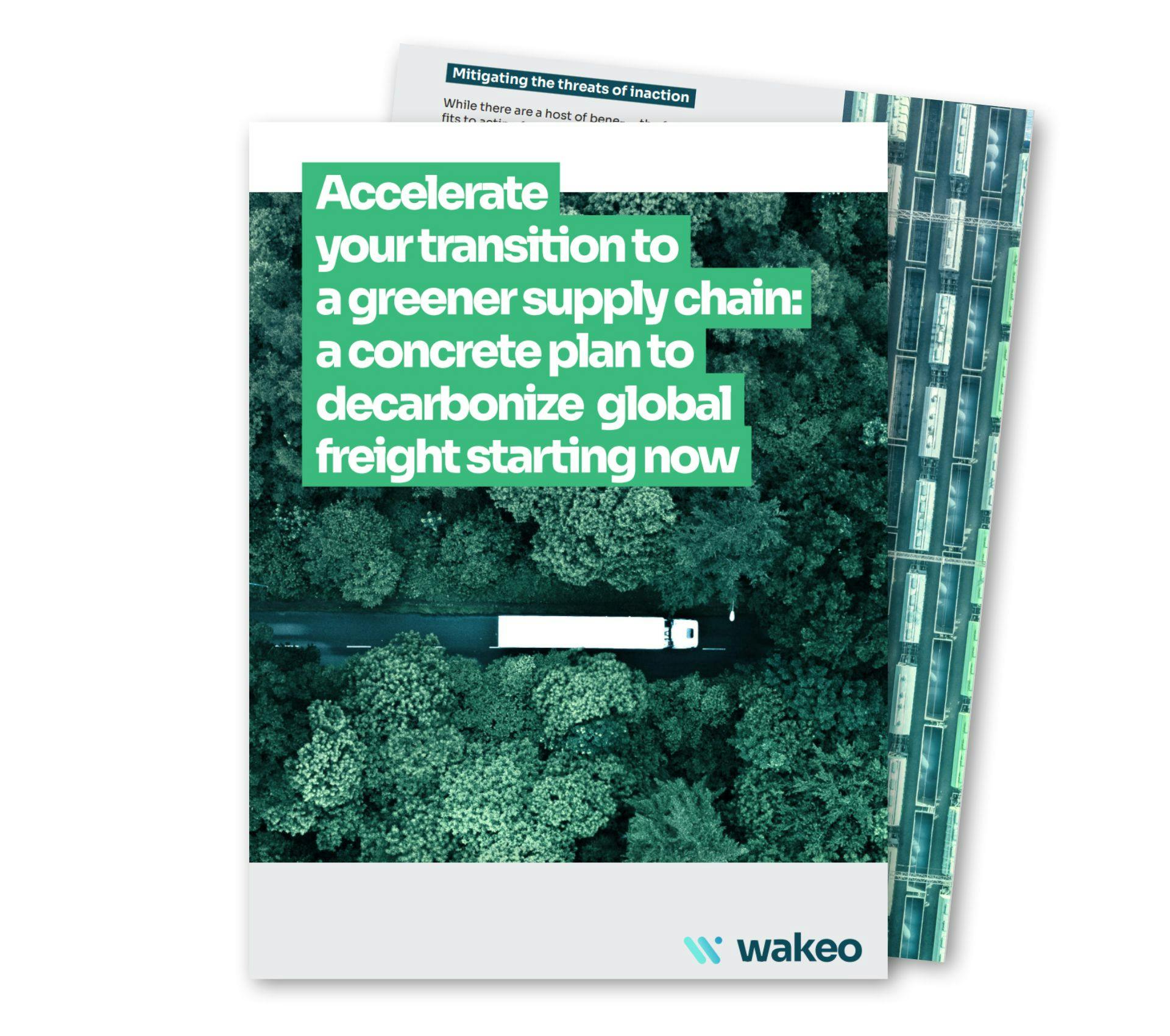Jan 14, 2026 Webinar | Global Supply Chain Architecture: Examining Red Sea’s Evolving Impact - Register Now

How to decarbonize your supply chain
A push to reduce carbon emissions is forcing organizations to rethink their approach
Freight accounts for a significant chunk of global carbon emissions, around 17% in total. Goods will always need to be transported, however, so the challenge is not to eradicate them but to make a series of changes to reduce them.
Michael Soussan, Partner Conseil Industrie & Services at TNP Consultants, put the issue into context during a webinar masterclass on decarbonization hosted by Wakeo during the SITL 2023. “Since the beginning of time, people have been trying to transport more, further and faster. Today's projections show an increase of 2% to 3% a year until 2035 of the ton per kilometer that will be transported.”
He said only once since 1960 had demand for world transport ever slightly stagnated - and that was during the 2008 recession. Beyond that exception, it has only ever increased in volume.
“Goods will continue to move,” he said. “They don't yet have legs, so there will always be a need for transportation. This is about how to transport differently to improve their carbon footprint.”
TNP Consultants supports both shippers and carriers with transformation and transition projects, particularly around CSR, energy and performance.
Soussan was speaking alongside with William Brachini, COO at Wakeo: “Too often the need to become more ‘green’ is regarded as a ‘stick', a negative, when in fact it is actually also a way to reduce costs.”

Requirements and recommendations
Of the 17% of freight emissions, almost half results from road transport. There is a clear challenge to overcome in this area, which regulations are already trying to tackle.
European climate law, 'Fit for 55’, makes reaching the EU’s goal of reducing EU emissions by at least 55% by 2030 a legal obligation. EU countries are working on legislation to help to achieve this aim and make the EU climate-neutral by 2050.
Soussan suggested a number of steps businesses can move towards taking now, or expect to be available in the future, to help to cut their carbon usage:
- Anticipate: There will always be some critical raw materials that have to be sourced overseas. One way to reduce emissions generated from their transportation is to preempt requirements ahead of time so that they can be moved more slowly by less carbon-intensive modes, such as sea freight. (Work is already underway in this area trying to increase speeds through hydrogen-powered shipping).
- Sourcing or producing locally: Manufacture as much as possible in local markets to reduce the overall movement of goods.
- Inventory management: Make improvements to stock control to ensure fewer, bigger loads; instead of multiple smaller shipments.
- Green energy: Increase use of low-carbon vehicles, such as electric or hydrogen-powered trucks. Seek out alternative carbons that emit less CO2, and vehicles with more powerful engines and better traction to reduce overall fuel use.
- Consider alternative modes: Increase use of river and rail transport. Currently rail is barely 5% of national transport, with an ambition to reach 10% by 2030. River transport, which is a developing area, now accounts for only around 4% a year.
- Capacity: Where roads must be used, try to ensure trucks are full to maximise capacity.
“Some of these are levers that we hope will be available in 2035 to solve the carbon and economic equation for transport; while others are available today.”

Download the white paper on decarbonization
Read our latest white paper to know how to take concrete actions to decarbonize your supply chain starting now.